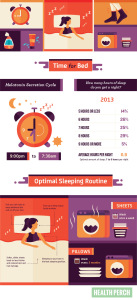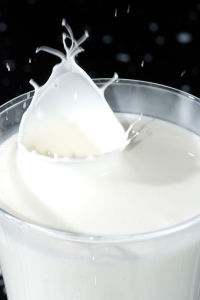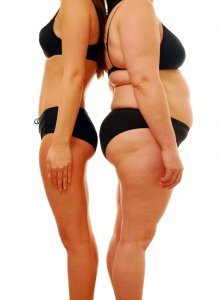
Having a thyroid problem can mean that you may end up putting on weight even when you take drugs?
But what a lot of people don’t know is that paying attention to your diet can have a drastic effect sometimes even leading to a drug free solution too…
Drugs
One of the main drugs used to treat a thyroid problem is Synthyroid.
Synthyroid is a brand name of Levothyroxin, and is a replacement for the hormone that is normally produced by your thyroid gland to regulate the body’s metabolism and energy. These types of drugs are normally given when the thyroid does not produce enough of its own hormone, in a condition known as hypothyroidism.
Hyperthyroidism is the OVER –
PRODUCTION of thyroid hormones This causes the metabolism to speed up, quick weight loss. |
Hypothyroidism is the DEFICIENCY OF PRODUCTION of thyroid hormones This causes the metabolism to slow down, hence weight gain. |
In simple terms, people with low thyroid hormone have a slower metabolism then people with normal levels of the thyroid hormone, which generally means that they are apt to put on weight. The idea of taking a synthetic hormone is to bring the level of the thyroid hormone up in the body so that your metabolism is working more normally. At which point your energy levels and the rate at which you use the food which you are eating, should increase and hopefully stabilise, to the point where everything is working as it should be.
However, as with all synthetic hormone treatments, it is not a perfect answer to [private_silver] the problem.
Your History
One of the most helpful things you can do in cases like this is to look back over your health history and see if you can identify the reasons why you might have had an inactive thyroid in the first place.
The two most common causes of hypothyroidism are iodine deficiency and chronic thyroiditis. Iodine deficiency is quite rare in Europe, North America, and chronic thyroiditis is an inherited condition, and is commonly diagnosed by checking the levels of thyroid auto-antibodies in the blood. A third most common cause is removal of the thyroid gland, either because of cancer or infection, or as a rather drastic way of treating hyperthyroidism.
Foods
There are a number of foods that also cause hypothyroidism, if eaten in sufficient quantities. Overindulgence in these foods, particularly if you have an iodine deficiency, can cause not only hypothyroidism, it can also cause enlargement of the thyroid. This is because they block the conversion of T4 hormone to T3, which is the active form of the thyroid hormone in our bodies. The most common forms of food that cause this type of condition are turnips, kale, corn, cauliflower, Brussels sprouts, cabbage and almond seeds. Seeing as corn is one of the most common ingredients in many snack foods, it is little wonder that instances of hypothyroidism are on the increase.
It should be noted that these foods should also be avoided if you have a problem with your thyroid, help producing enough thyroid hormone should avoid them.
The good thing is that if consuming these foods are the cause of your problem, eliminating them from your diet will cure your hypothyroidism within four to six weeks.
Drug Side Effects
There are a number of drugs, also, whose side-effects are the cause of hypothyroidism. These vary from steroids like Prednisone and Hydrocortisone which are common treatments for inflammation, right the way through to beta-blockers, such as Propranolol. In addition, you have heart drugs like Amiodarone, psychiatric treatments whose ingredients include Lithium, and of course anti-thyroid drugs themselves.
There are many auto-immune diseases which, it should be noted, are primarily caused either by poor diet or reaction or sensitivity to a specific diet ingredient, and again elimination of these types of food to which you are sensitive from your diet can start the chain reversal which could lead you getting back to normal health.
Diabetes
There is also a profound link between diabetes and the onset of hypothyroidism. It is true to say that in many, many cases where the diabetes is brought back under control by sensible diet, most effectively controlling the intake of carbohydrates, then the hypothyroid problem will also go away as well.
Going onto the problem that many people have with hypothyroidism, and that is the difficulty in losing weight. Given all the above, and assuming that you wish to continue on the taking thyroid hormone route, there are a number of things that you can do in order to get back to your optimal weight.
For the diet to be successful, you need first to abandon any old-fashioned notions of what constitutes a healthy diet. The diet that can most help a thyroid condition is one in which the amount of carbohydrates are drastically reduced, particularly carbohydrates that are obtained from grains.
However, this needs to be put together with the second and also crucial part of a successful weight-loss regime for anyone who is suffering from hypothyroidism, that being exercise that stretches you to the point where you are exercising your cardio-vascular system. It should be noted that in this case you need at least 90 minutes a day, every day, in order for it to be effective, but only up until the point where your ideal weight is achieved.
The Soya Link
The next thing that is particularly prevalent to low-carb dieters, is the increased consumption of soya. In order to get the amount of carbohydrate in their foods to a supposedly low-carb friendly level, many manufacturers now include soya protein as quite a main ingredient to many so-called low-carb products, and indeed, non-low-carb products. The unfortunate thing is, the inclusion of soya starts at some of the earliest ages that it can do, as it’s a major ingredient in many of the instant formulas that can be found on the shelves today. The simple thing is that researchers have found that there is an unmissable link between the over-consumption of soya based protein and the onset of hypothyroidism. Keila Daniels article (on the website) goes into this in more detail.
Lastly, I mentioned earlier that the taking of synthetic thyroid hormone which only replaces T3 or T4 is not always the best way of treating thyroid conditions, and in fact many people respond much better to a natural form of the thyroid hormone, and in a few cases a combination of both natural and synthetic. The answer to that problem is to find a medical practitioner who is willing to help you find the right mix of treatment for your personal condition.
This really is a very vast subject, so you owe it to yourself to find out as much about it as you can, and then sensibly apply what you have found out to your own personal version of the condition.
The bottom line is that if your thyroid has not been removed or damaged beyond repair, then the condition is not only treatable, it’s reversible too. Obviously, treating the thyroid condition in the most effective way, combining that with a sensible change in diet and exercise will bring the weight under control as well.
What to do next.
What ever you do, don’t accept to do nothing.
It may be your regular doctor knows about the things we’ve mentioned here and may support you trying out solutions that are better for you.
If they are not supportive, you owe it to yourself to find a medical practioner who not only knows about the other treatments, but can also guide and support you in seeking a better solution.[/private_silver]
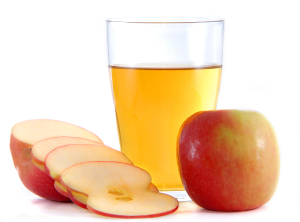 A sinus infection, or sinusitis, is an inflammation of the lining of the sinuses that often leads to persistent runny noses, headaches, fevers and facial pains. According to the American Academy of Otolaryngology, more than 37 million Americans — almost 12 percent of the United States population — suffer from at least one episode of acute sinusitis annually, and that number seems to be growing due to increased environmental pollution, greater urban sprawl and a growing resistance to antibiotics.
A sinus infection, or sinusitis, is an inflammation of the lining of the sinuses that often leads to persistent runny noses, headaches, fevers and facial pains. According to the American Academy of Otolaryngology, more than 37 million Americans — almost 12 percent of the United States population — suffer from at least one episode of acute sinusitis annually, and that number seems to be growing due to increased environmental pollution, greater urban sprawl and a growing resistance to antibiotics.


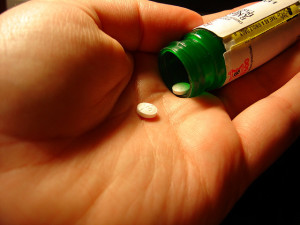
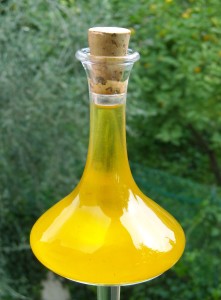 Homer once described olive oil as ‘liquid gold,’ a term that still resonates with many. Fortunately, we do not have to fight wars over olive oil anymore as it is abundantly produced in many parts of the world and readily available. We all know that olive oil is one of the healthiest vegetable oils in the world, along with coconut oil. Not only can you consume this nutritious food and receive numerous benefits, you can also use it to boost the nutrient value of your beauty products.
Homer once described olive oil as ‘liquid gold,’ a term that still resonates with many. Fortunately, we do not have to fight wars over olive oil anymore as it is abundantly produced in many parts of the world and readily available. We all know that olive oil is one of the healthiest vegetable oils in the world, along with coconut oil. Not only can you consume this nutritious food and receive numerous benefits, you can also use it to boost the nutrient value of your beauty products.